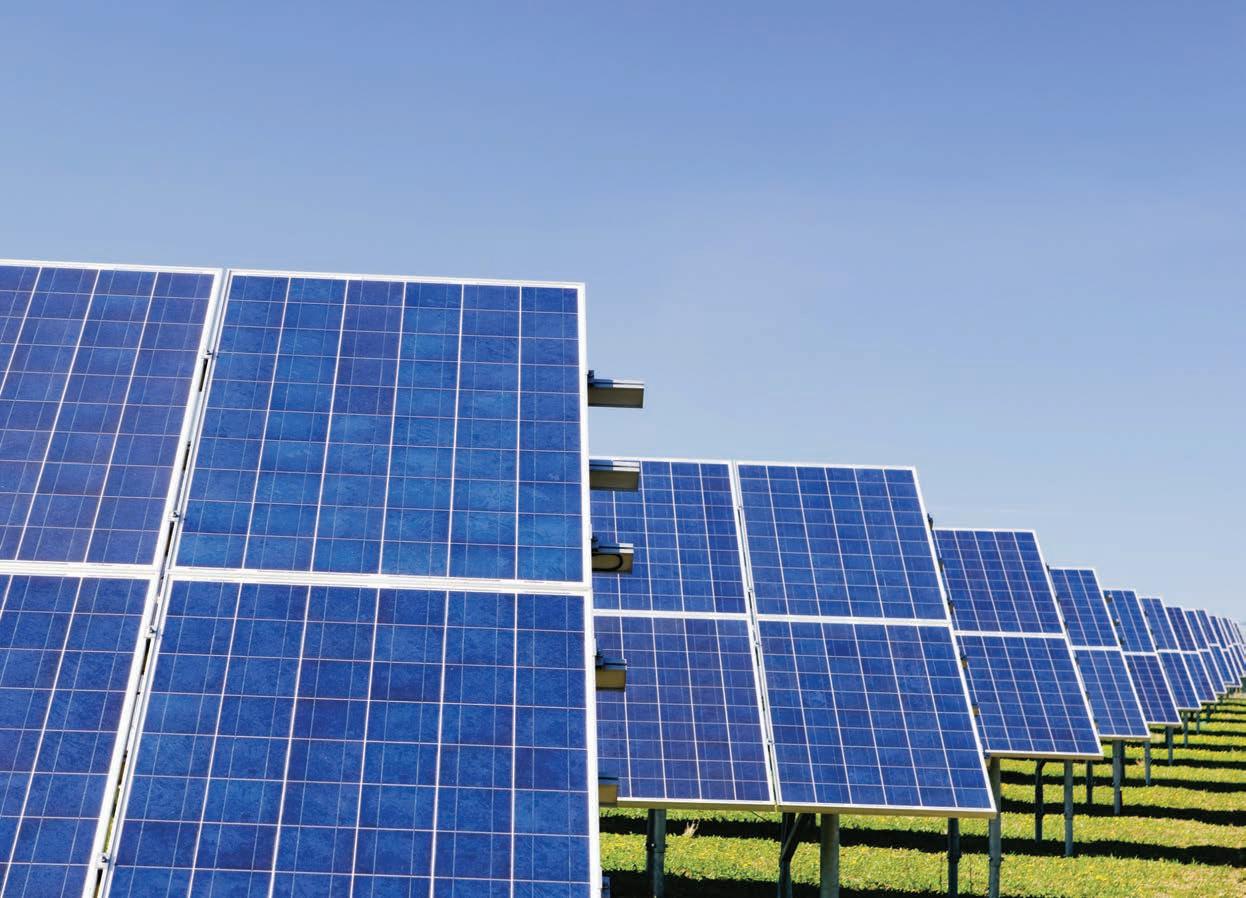
1 minute read
SAVVY SOLAR PANELS
Words: Matilda
more effective than the current processes. If this practice is adopted by the industry as a whole, it would make it easier to retrieve valuable substances like silver from solar panels.
Advertisement
“We are using very little energy just to soften the plastic,” says Dr Veetil, head researcher and senior lecturer for the School of Engineering at Macquarie University.
“At the moment about 50 per cent of the value of recycling a solar panel comes from the silver content. The glass is not regarded as valuable because it’s crushed, and then when you try to extract the silver, it comes to around 0.06 per cent by weight.
“But if you are able to remove the glass intact, the silver content in the remaining materials is 1.46 per cent. That’s about 25 times more than we get now.”
This has several environmental and economic benefits. The uncrushed glass can be reused in other projects, and the collected silver adds profitability to the solar panel recycling process, which previously held little value for the industry.
Turning this discovery into an everyday practice, there’s still work to be done. Dr Veetil and his team are now concerned with improving the efficiency of the process by developing a mechanical system that can remove the glass from the solar panel while microwave radiation is in use. This requires a compact and affordable design, and will take time to achieve.
However, if this new method can be implemented, it could be a major step towards reducing Australia’s carbon footprint. What began as a happy accident is now an exciting environmental discovery.










